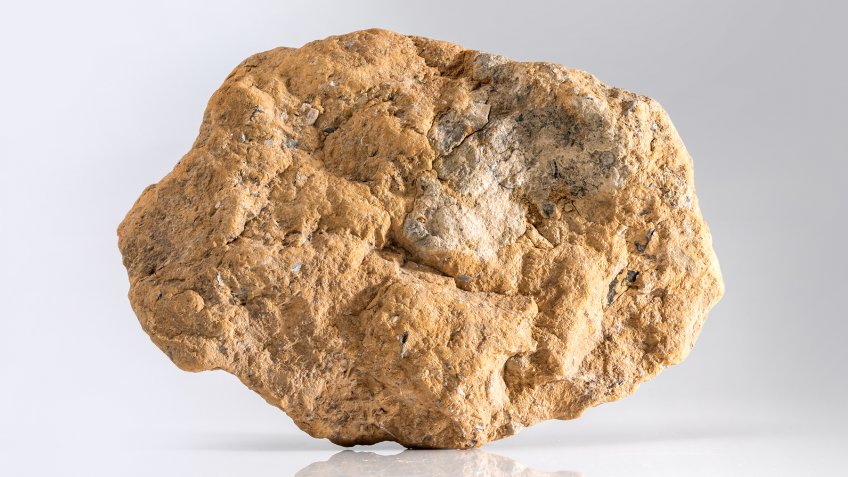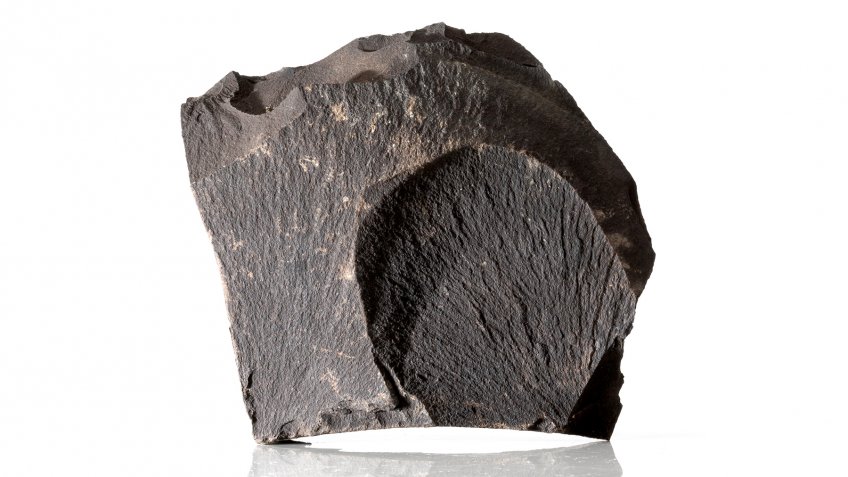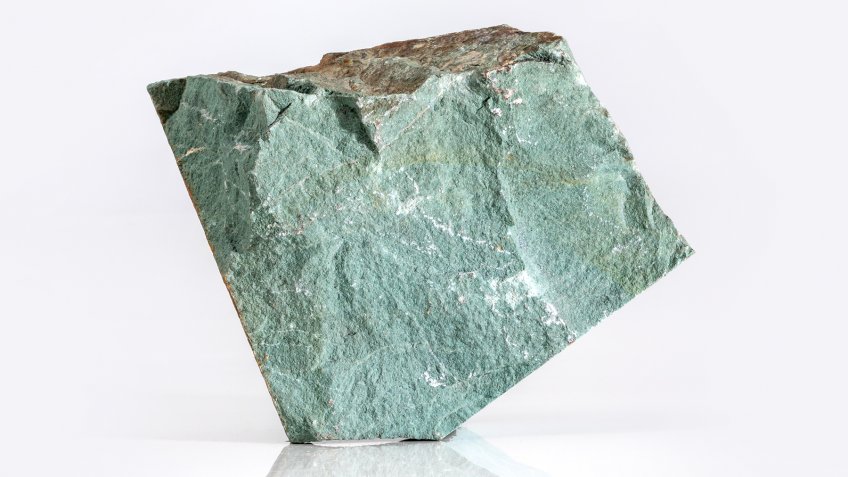
This rock has turned the entire oil industry of the 21st century upside down. Today it is on the environmentalists’ black list and its extraction is demanded to be banned, even though for many countries it remains one of the main sources of income.
Slate is the name of the rock familiar to mankind since ancient times. Over the long history of its existence, each of its varieties has found its application. The most durable and dense slate that was almost impossible to split, served as the main building material. The tombs of Egyptian pharaohs and the tablets of ancient writings were made of it. This stone decorated the roofs of all the medieval palaces and castles of Europe. Slate shingles were able to serve for more than four centuries without losing their protective properties and only slightly aged in appearance. Centuries later, on the ancient streets of European cities can still see the Catholic churches with a thousand years of history, the roofs of which are lined with slates.
Another variety of this rock and its unusual properties were introduced to people in the 12th century thanks to Estonian shepherds. In the pasture near the modern town of Kohtla-Järve, men built fires and surrounded them with stones, so that the fire would not spread across the field and set fire to the grass. Limestone was used for this purpose. One day, when it was not available nearby, they took unfamiliar yellowish-brown stones. The shepherds saw that these stones, along with brushwood, began to flare brightly in the fire. Its flammable sorts turned out to be a surprising material. The local population took the news of the burning rock with curiosity, but could not find any practical use for it. There were enough forests around for firewood and stoves, so there was no need to use the wonder stone, which emitted a lot of soot when used as fuel. It was not uncommon that peasants did not believe in the special properties of oil shale and even built out of it saunas, which burned down completely after the first stoking.
Centuries later, in the middle of the 18th century, the oil shale of these places was investigated in detail. At first, it was decomposed thermally, which led to obtaining a dark viscous mass that solidified after cooling. Then they managed to get 40% of crude oil from the oil shale, which was an analogue of heavy petroleum and proved to be suitable for use as fuel instead of fuel oil. The fame of the stone reached St. Petersburg, but because it was inferior in its properties to English coal, it was not considered expedient to transport it to the city. They got back to the oil shale during the First World War when the Baltic fleet faced an acute shortage of hard coal. After some research, in 1916, Estonian oil shale was recognized as a valuable mineral that could be used not only as fuel, but also as a raw material for the chemical industry, and the first oil shale quarry started operating in Kohtla-Järve.
Research on oil shale did not stop, and it soon became clear that under the ground between the layers of this rock here are reserves of oil that are close to the conventional oil. This can be explained by the fact that oil shale is low-porous and low-permeable, i.e., it can contain oil, gas, and water, and give them away when developed. For the first time, large-scale commercial production of such oil was launched in the early 2000s. Devon Energy, an American company, for the first time, applied a new drilling technology at the Barnett oil field in Texas making it possible to produce not only conventional but also an alternative “black gold”. This event caused a furore at the world oil market and significantly reduced the cost of motor fuel. The media nicknamed it the “shale revolution”, and the U.S. became one of the leaders in hydrocarbon production and the largest oil exporters, surpassing Russia in total oil and gas production.
The heated discussions around the extraction of oil shale and shale oil have not subsided to this day. In the first case, there is the problem of disposing of large amounts of carbon dioxide, which has not yet been solved, and its release into the atmosphere is fraught with large-scale environmental disasters. For the extraction of oil, explosions are made at groundwater depths, which leads to their contamination with toxic substances. Even at great distances from the place of extraction, flora and fauna are dying of poisoning. In addition, there is the danger of serious earthquakes. At the end of 2019, the European Commission proclaimed a course to achieve climate neutrality by 2050 and to stop supporting any hydrocarbon-related projects. In this regard, Estonia, where revenues from the oil shale industry serve as an important part of the state budget, has decided to completely abandon the production of electricity by burning oil shale by 2030, replacing oil shale with biomass. According to experts, this threatens the country with the loss of thousands of jobs.





